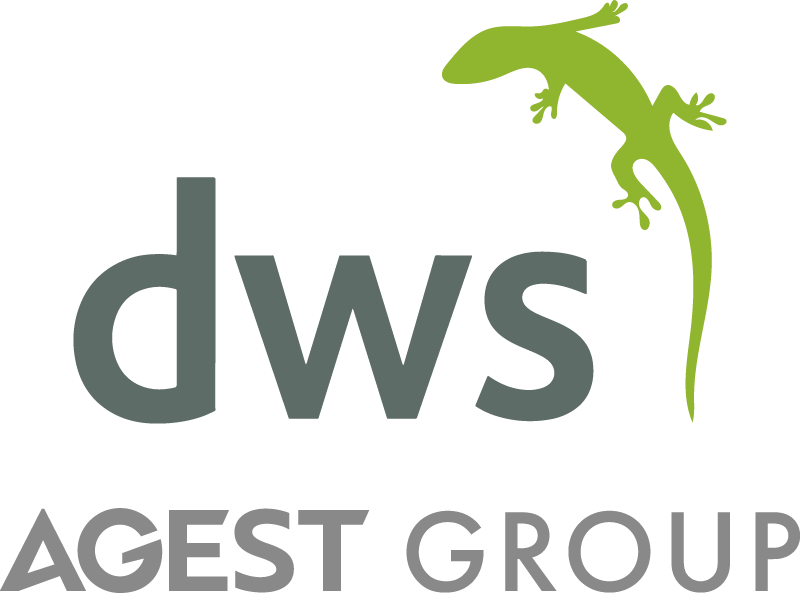by Barry Burke
Whilst driving to a JD Edwards user conference to host a round table discussion on change management, I was wondering how to open the discussion. As luck would have it, there was an interview on the radio with Sir Alex Ferguson, the former manager for 26 years of Manchester United football (soccer) club. Sir Alex was the one of the most successful football managers of all time, winning trophy after trophy.
When asked about his career as a football club manager and to what he attributed his success, he replied that he did not regard himself as a football manager but a change manager. He went on to explain that if he rested on his laurels after winning the league title for the first time and made no changes, the club would probably not have won any more titles. He saw his role as one of continually changing and improving the performance of his team.
The same principal applies to businesses. Those organizations that foster a culture of continual change and improvement tend to remain more competitive and become increasingly successful. Companies like Apple and Oracle spring to mind.
To implement change, businesses place increasing reliance on technology and their ERP applications. In a rapidly changing world of technology and competition it is important to keep your ERP application up to date. In the JD Edwards environment, they call this keeping “code–current”.
Any major change project will require:
- Justification (business drivers)
- Planning
- Execution
- Testing
- Training
To minimize disruption to the business, continually improving performance and reducing on-going TCO (Total Cost of Ownership), requires effective and on-going change management, so software uplifts should be done in frequent small steps, not through major upgrade projects every five to ten years. After all, Oracle is investing $billions in continually enhancing its applications to help its customers become more productive and more competitive. It makes sense, therefore, to adopt these enhancements at the earliest opportunity so you gain all the business benefits they enable, such as improved security, improved productivity and improved competitiveness.
Justification
There may be many drivers for change in your business such as:
- New functionality
- New legislation
- New technology
- End of support
- Reduce TCO
- Get current then stay current
At the end of the day, there needs to be a measurable Return on Investment (ROI) for the project if it is to receive management approval and support. Once approved, it is important to have senior management involvement and commitment to help drive the project through the many challenges that will be faced.
Planning
There are many factors that can pose a serious risk to the success of your change management project. These were addressed in my “Best Practice” blog on planning the upgrade of your E1 system. Many customers have found the DWS Dimension Analyze service to be of great help here.
Execution
Whether you choose to perform the upgrade development in-house or make use of a third party services specialist, it is important that you adopt best practices. This includes tight project management, bundling your effort into suitable work bundles to facilitate optimum development, QA and release of the upgraded code using Best Upgrade Practices. DWS has a great set of tools (Dimension Professional) that addresses all the issues you are likely to need to manage when executing your upgrade, so it is well worth checking out.
Don’t forget to update your security controls at the same time or you may find some users locked out of important new programs made available in the new release.
Testing
Testing is so often left till the end of the project and can end up being rushed with defective code being released into production. It can amount to some 65% of your total upgrade effort, depending on whether this is a major upgrade project or a small incremental ESU uplift. In any case, you can potentially save a great deal of your testing effort (up to 85%) by using helpful tools like Dimension Focus, that identifies what has been affected by the ESU or upgrade, so identifies just what needs testing and what does not. Dimension SwifTest is another great tool for non-technical users to create their own test scenarios and to manage the whole testing process, so that is worth checking out too.
Training
Don’t forget to include training in your change or upgrade project. Your IT people may need technical or CNC training and your end users may need training in how to get the best out of the new functionality too.
Code-Current
Having gone through the pain of getting your JD Edwards system up to date, it is well worth considering adopting a code-current policy to perform small incremental uplifts to your system on a regular (annual) basis, so you reap all the benefits of the new functionality or technology improvements made by Oracle. Again, DWS can help you here with its Dimension Tempo code current service.
If you are contemplating any major change projects including upgrading your JD Edwards system, I wish you good luck and encourage careful planning. Change management is as much about managing risk as it is process, so adopt the best upgrade approach, as promoted by DWS, for a successful execution of your next change event project.




